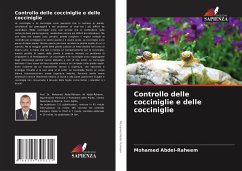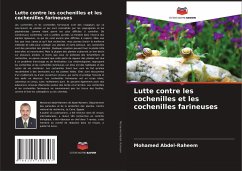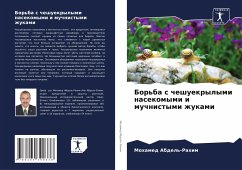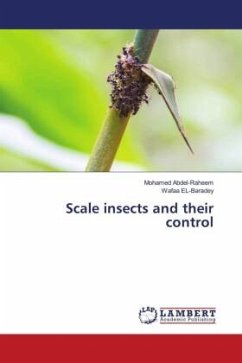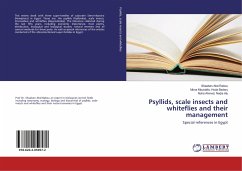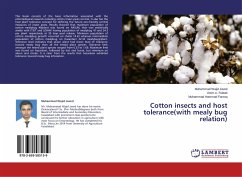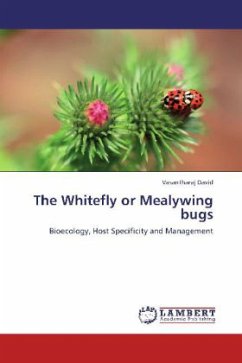
Control of Scale insects and mealy bugs
Versandkostenfrei!
Versandfertig in 6-10 Tagen
51,99 €
inkl. MwSt.

PAYBACK Punkte
26 °P sammeln!
Scale insects and mealybugs are plant-feeding pests considered by landscapers and nursery producers to be among the most difficult to control. Many scale insects are so small that they blend into the bark of woody plants, making them even more difficult to spot. But once you know what to look for, you can choose the best control method to protect your plants and lawn. Scale insects are plant parasites. A few species can kill the host plant on which they feed. But most plants undergo a slow decline over several years. Unless you sample for scale insects, this loss of plant vigor is often though...
Scale insects and mealybugs are plant-feeding pests considered by landscapers and nursery producers to be among the most difficult to control. Many scale insects are so small that they blend into the bark of woody plants, making them even more difficult to spot. But once you know what to look for, you can choose the best control method to protect your plants and lawn. Scale insects are plant parasites. A few species can kill the host plant on which they feed. But most plants undergo a slow decline over several years. Unless you sample for scale insects, this loss of plant vigor is often thought to be a watering or fertilization issue. Scale insects and mealybugs are grouped together by entomologists because they have similar habits and life cycles. Scale insects derive their name from their barnacle-like appearance on host plants. They are covered with a waxy coating or cover, which hides and protects the insect and its eggs underneath. Mealybugs have a white cottony/waxy body with no hardened covering. They also can have waxy extensions (filaments) around the edges and backside Scales and mealybugs do not consume leaf tissue, as do beetles or caterpillars.




